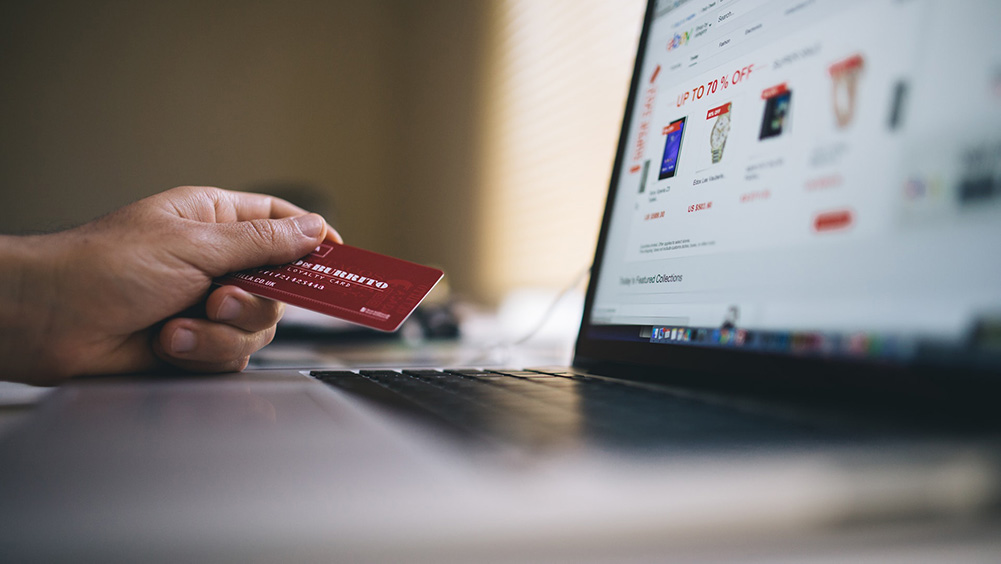Throughout our previous article, How to Create Your Customer Journey Map to Live Your Customer’s Experience for Yourself, we discussed how to create your Customer Journey, focusing on two points: setting goals and establishing your buyer persona.
We learned about SMART objectives and looked at some examples. We also looked at some questions we can ask in our client’s survey to establish our buyer persona.
In this article, we will discuss two more aspects of creating the Customer Journey, specifically the importance of determining the buyer persona you will use in your strategies and the touchpoints with this buyer persona.
A buyer persona is a fictitious character created from the ethnography of a population (age, gender, customs, beliefs, and so on), with similar psychological characteristics, qualities, and behaviors. It should be noted that a company can create multiple buyer persona profiles for the same product or service.
Table of Contents
Choose the buyer persona with whom you will work
When conducting research to determine your buyer persona, you may encounter more than one customer profile. You must choose which one or ones to work with. Consider that you cannot work with all of them because your efforts will be scattered, which will potentially weaken your strategy. It is wisest to choose one or two customer profiles and work with them separately. Although they may share some objectives, it is best to have differentiated strategies since they are different user profiles and the interests of each group may also differ.

To expand on the idea above, if this is your first customer journey map, you can create a second map for the customers you have left behind and develop a second strategy; this is more effective than trying to categorize all your customer types under a single buyer persona description, note that such segmentation may also require the use of more resources, because the people who are dedicated to creating a journey map for the first buyer persona may not have the time to dedicate to developing the second customer journey map. If you do not want to invest more resources, an alternative is to complete one of the journey maps first and then complete the second. If this is the case, you should decide which of the two journey maps is right for your business and start with this one.
Know every touchpoint with your buyer persona
Touchpoints are the times and locations where your buyer persona contacts your company. The significance of them is that you know the buyer persona’s actions and reactions at each stage, allowing you to improve what works and fix what doesn’t.
We can categorize the customer’s touchpoints based on their decision of making a purchase. So, we have pre-purchase, in-purchase, and post-purchase touchpoints.
TouchPoints before purchase
These are the methods you use to try to catch the buyer persona’s attention; examples include:
- Social media platforms such as Facebook, Instagram, and YouTube, among others.
- Newspapers and magazines are examples of traditional media.
- Special events, such as fairs, exhibitions, and charity events, in which the company is present.
Touchpoints during the purchase
When a customer has made a purchase, they will find a way to pay and access the product or service. The touchpoints in this phase include:
- Product catalog, once the customer has decided to buy, your product catalog will help him make a decision.
- Communication with sales representatives, the customer, and the sales representative, whether human or virtual, engage in a conversation to complete the sale. The buyer expects to be able to converse with a salesperson in a physical store, but this is replaced by the sales mechanism in an online store.
- At the point of sale, the person must find an easy way to pay, either in a physical store or online.

touchpoints after purchase
Once a customer has made a purchase, it is necessary to maintain contact with the customer in order to build customer loyalty or to learn about the customer’s experience and use the feedback for continuous improvement. Some means to do this include:
- Feedback surveys allow customers to provide feedback on their shopping experience.
- Complaint handling and claims, we must be aware of customer complaints and resolve them as soon as possible; the goal is to be able to turn a negative experience into a positive one and make the customer feel cared for.
Identify the obstacles that your buyer persona may face at each stage of the process and start working to overcome them, put yourself in your customer’s shoes and feel first hand each step and identify their feelings, remember that you sell to the mind. If people feel uncomfortable with their first purchase, chances are they will not want to repeat that experience and will go somewhere else to buy, which is not in the best interest of you and your business.






















